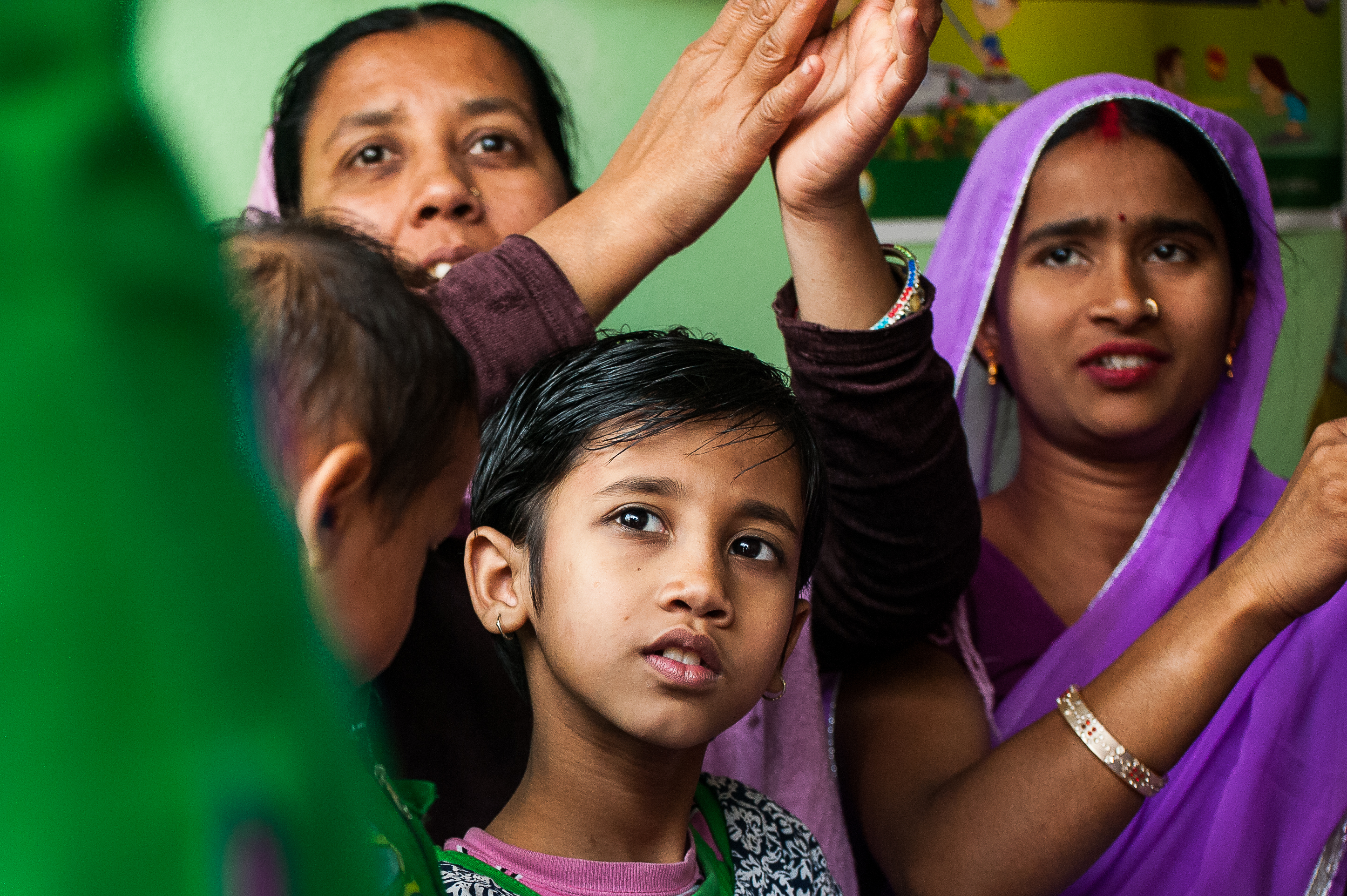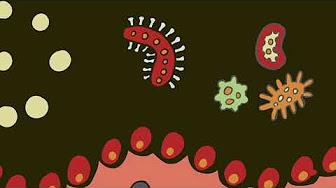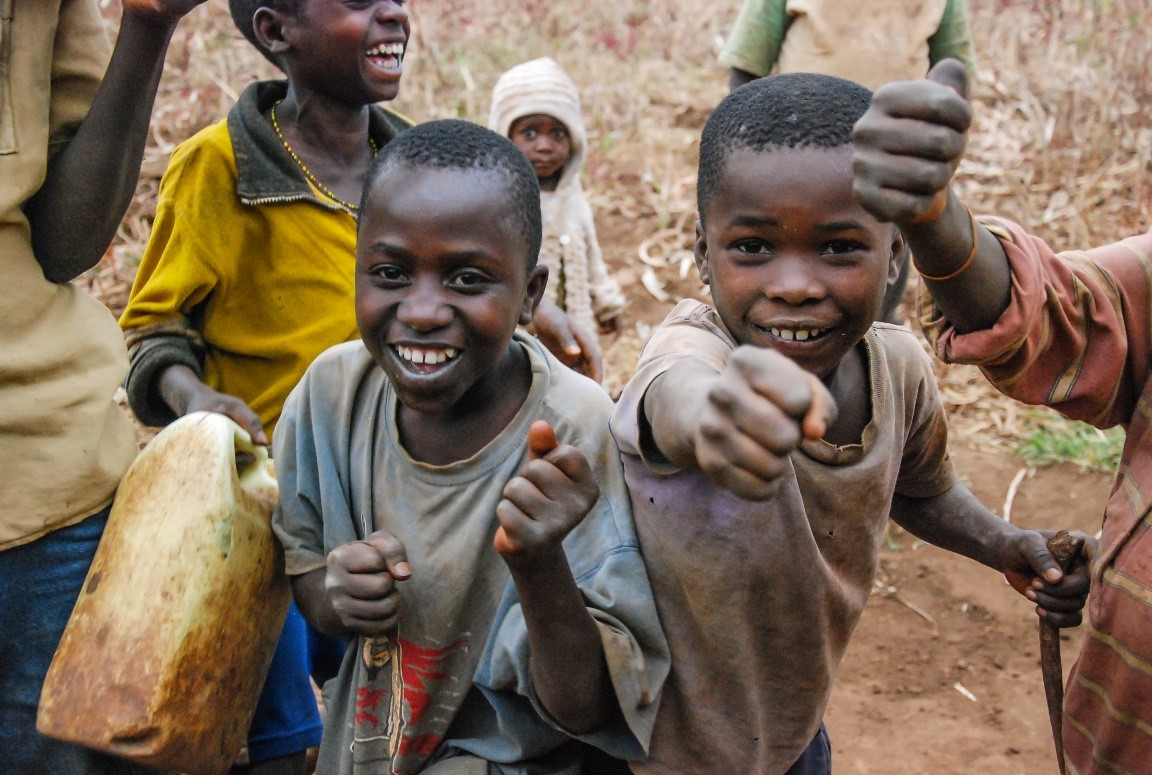Bridging the gap between health and WASH sectors
|

As part of Save the Children's integrated Stop Diarrhoea Initiative in New Delhi, India, mothers learn about important diarrhea prevention and treatment methods to keep children healthy, including the importance of safe, water, sanitation, and hygiene.
As anyone who has ever caught a stomach bug from a sip of contaminated water inherently knows, WASH (water, sanitation, and hygiene) is a foundational component for living a healthy life. In the case of diarrhea, lack of WASH access is responsible for more than half of diarrhea cases, which can cause long-term health consequences when a child is infected over and over again.
When health and WASH improvements are integrated, they have a bigger impact. The same is true for integrated advocacy.
To help bridge the gap between these two sectors, DefeatDD started the Health/WASH Network in partnership with WaterAid nearly a decade ago. Today, Global Health Council also co-chairs the group. It’s a diverse set of advocacy organizations working across child health, maternal health, immunization, water, sanitation, and hygiene. As the health and WASH sectors become increasingly integrated, it’s more important than ever that this momentum continue. How and why is best answered by Network members themselves.
- Why is integrated health/WASH advocacy important to you?
“WASH and health have to coexist for either to be successful. Both are fundamental for people’s rights to be fulfilled, and advocating jointly is much more reflective of that reality. Fundamentally, our advocacy work is about removing the barriers that limit people’s opportunities to live healthy, productive lives.” –Carolyn Moore, Secretariat Director, Global Handwashing Partnership
“Without proper sanitation systems, safe drinking water can be difficult to access. Without safe drinking water, diarrheal disease can be hard to prevent. Without access to health systems, disease cannot be treated. Advocacy can play an important role in shaping the way we think about and address this relationship.” –Chelsea Schiller, Project Coordinator, Devices & Tools, PATH
- How does health/WASH integration inform and shape your advocacy efforts?
“When I came to World Vision more than six years ago, my position was focused on global health policy. For my predecessor, that didn’t include any integration of WASH. But the more I learned about World Vision’s integrated health and WASH work in our field programs, and the more I saw the data behind how much WASH contributes to child and maternal survival, it was really a no-brainer to ensure that I changed our advocacy approach. Now WASH is always a part of my message in terms of how we achieve the goals the U.S. government has set for saving the lives of mothers and children.” - Lisa Bos, Director of Government Relations, Advocacy and Government Relations, International Programs Group, World Vision US
- What are some specific examples of how health and WASH are related in your field?
"In the case of neglected tropical diseases (NTDs), many of them such as Guinea worm, soil-transmitted helminthiasis (STHs), schistosomiasis, and trachoma occur because of poor access to clean water or hygiene. Improving WASH conditions in local schools can help prevent NTD infections among school-age children. For example, by urging children to wash with soap at critical times—after defecation and before eating—a reduction in the risk of infection for all three STH species (hookworm, round worm, and whipworm) can surpass 30 percent. Holistic community programming highlighting the links between NTDs and WASH can go far in reaching national NTD elimination goals." - Michelle K. Brooks, Head, Policy and Advocacy, US, Uniting to Combat Neglected Tropical Diseases Support Centre
“While the link between WASH and household/community health has long been established, recent efforts led by the WHO highlight the central role WASH plays in providing safe and quality health care services and coverage. Within health care facilities, WASH is central to the various patient engagement and healthcare provision services, from ensuring water is safe for patient treatments and operations, to establishing appropriate infection prevention and control measures, and finally integrating appropriate waste management technologies and processes.” –Adam Drolet, Program Officer, Devices & Tools, PATH
- What would you say to a donor considering integrated approaches?
“In 2018, it’s heartbreaking that every minute a newborn dies from an infection caused by a lack of safe water and an unclean environment. Investments in safe water, decent toilets, and handwashing facilities go a long way to helping people keep themselves and their families healthy. The US government must prioritize integration of WASH and health to give every child the chance she or he deserves.” –Lisa Schechtman, Director of Policy and Advocacy, WaterAid US
“Creating project teams that harness the unique capacities and area of expertise of national champions and stakeholders, WASH partners, and local actors, allows for a breadth and depth approach to addressing critical challenges across the system.” –Adam Drolet, Program Officer, Devices & Tools, PATH
NOTE: As of November 2020, the Health/WASH Network is now the WASH and Health Interest Group. To join, please subscribe on the CORE Group website.













